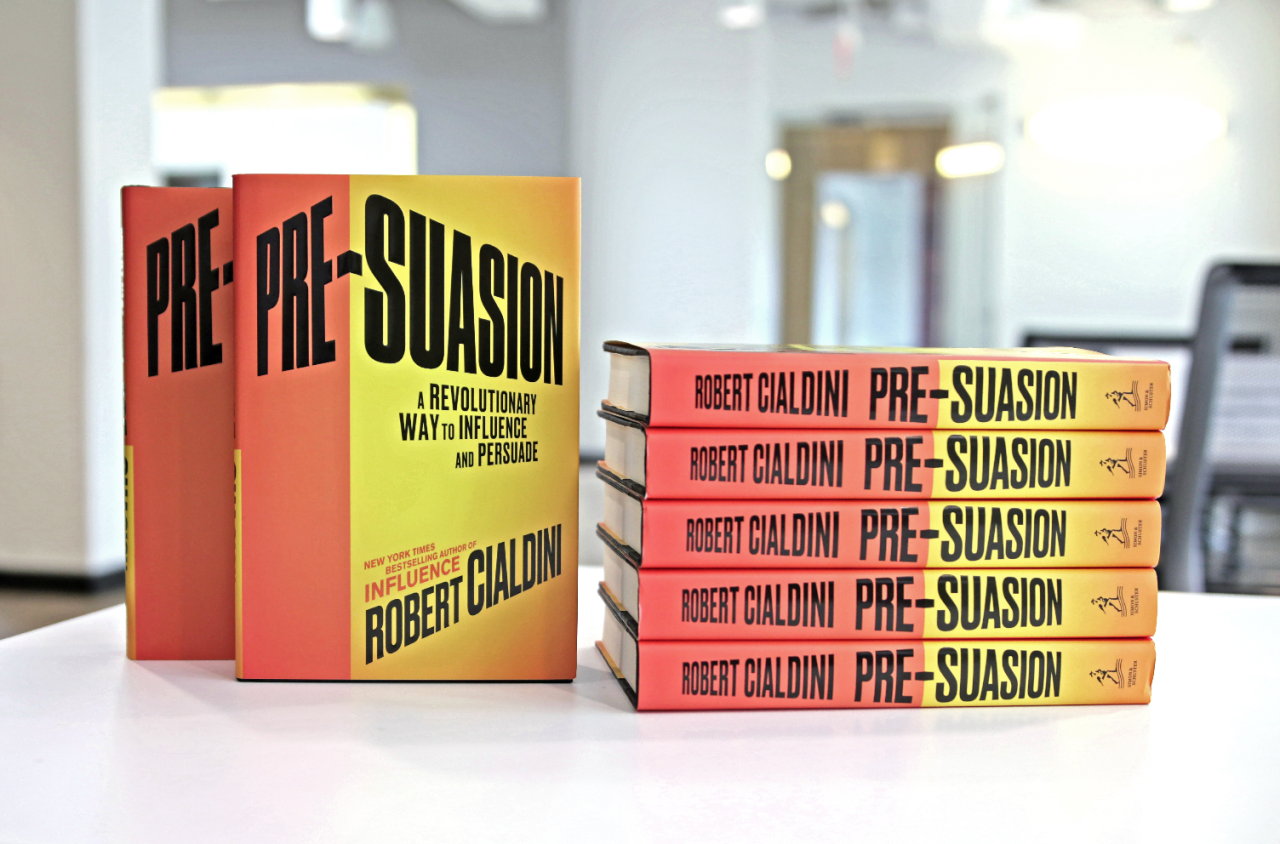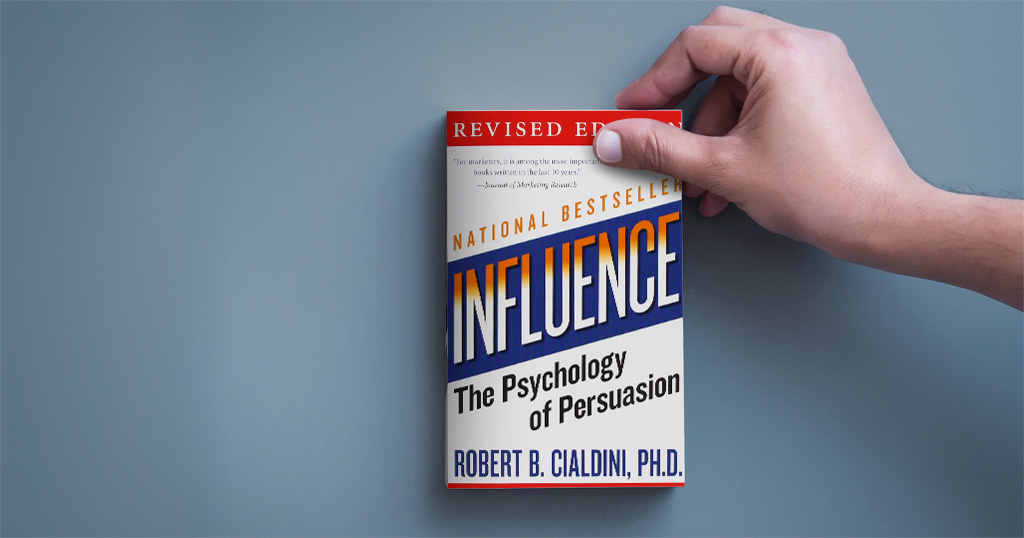Categories Book Reviews
Book Review – Pre-Suasion: Channeling Attention For Change

Pre-suasion is a book by the author Robert Cialdini, who also wrote one of the seminal books on human psychology Influence: The Psychology of Persuasion. Unlike his previous work, this book tackles how your words and actions can have an effect on people before you actually get to the main points of what you want to convey.
Here are a few interesting things I took from this book
- Floating the absurdity of something (leading): The example he gave of this was if you are negotiating with someone on price, you can float a super high number in a joking way like “This won’t cost millions don’t worry”. As a result whatever number you give in their mind will seem less absurd (similar to the anchoring principle, but in a non-serious way).
- Build trust in ways that show you are trusted. A trick that allows people to trust you is show you are vulnerable to them in some way. The example he gave was a salesman would come to pitch to someone at their house, but he would leave something in his car, and ask the person to get it for him. By exposing the person to his personal space (in this case his car), the person subconsciously lets his guard down and trusts him more.
This reminded me of the “Franklin Principle” a famous story by Benjamin Franklin of how he had an enemy that was in the way of him running for public office, so he asked that person to borrow one of his books. Normally, you would think that asking for a favor would make someone like you less, but it actually made his enemy like him more! The reason being is that psychologically when a person does a favor, they have to justify in their mind that they only do favors for people they like, so they naturally start liking you more the more they do for you. - Ask when the chance of no is lowest: When you need to ask someone for something, it is best to ask them at the “critical beginning”. This is the stage of the negotiation when the deal is still malleable so the risk of asking at this stage is lower, and even if rejected at this stage it would do little to harm the relationship (for example, after accepted for a job but before the contract is signed).
- Positive test strategy: This is also known as Confirmation Bias. How people look for hits rather than misses. The example given is if you ask someone “Are you feeling unhappy?” they will dig in their mind and experiences for reasons to be unhappy. If instead you ask “Are you feeling happy?”, people will gravitate towards positive experiences and memories.
- Posing questions to reduce biases: This is a super common trick used with news sites and polling. When you are asking someone a question, the framing of it, and the implications within the question have a huge effect on the answer. For example, if I ask you “Why do you think women are more passive than men?” this will automatically put you on the defensive and start either rationalizing or arguing with the question, since it puts a bias in your mind (regardless of if you believe it’s true or not).
- Use the power of incompletion: To incite others or motivate yourself to take action, one way to do this is to use the power of incompletion. For example, if you want to push yourself to gain a positive writing habit, one technique you could try is on your last sentence that you write that day leave off the last few words that you want to write. That way, it will gnaw at you in the back of your brain to come and complete it the next day.
- Don’t go before or after someone in a meeting if you want their full attention: This is one that I found particularly interesting that I want to try out. Cialdini recommends that if you want someone to pay attention to you, do not speak right after or right before them in a meeting. The rationale behind this theory is right before a person speaks, they are thinking about what they want to say, and right after a person speaks, they go over what they said in their mind. Another way you could use this is if you don’t want someone to pay attention to you in a meeting (or don’t care about their feedback), speak before or after their turn.
Thanks for reading! Let me know if you have ever heard or tried any of these techniques before.



